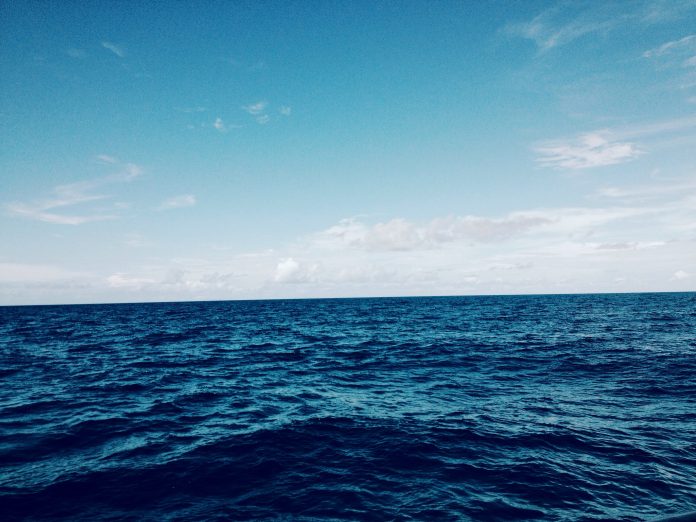Last Monday, Dr. Sam Pimentel of Trinity Western University held a lecture at UFV wherein he described methods he and his fellow researchers have developed to measure sea surface temperatures.
While this may sound of niche interest, understanding the heating and cooling patterns of the sea can greatly aid in predicting the weather, as well as telling us how biological processes and marine ecosystems may be affected by conditions.
Readings of the ocean’s surface can be taken using infrared or microwave sensors on satellites in real time. However, infrared cannot penetrate the “skin” of the water, and microwaves only slightly. This limits observers’ ability to know what is going on at lower depths. A method called General Ocean Turbulence Model (GOTM) is used to calculate temperatures at lower depths, but the middle to upper reaches are difficult to determine without taking readings at the source.
Logic dictates that shallower water will be warmer than deeper water due to receiving more exposure to the sun’s rays. This is partly true. At night, there is no significant temperature difference between the surface and the depths, but even during the day, there is a depth at which solar heat does not affect the water’s temperature.
The warming and cooling of ocean water does not occur at a consistent rate, but is affected by ocean transport (horizontal movement of water), air-sea exchange (evaporation, sunlight, etc.), and ocean mixing. The warming gradient can even start in reverse. A phenomenon known as the “cool skin effect,” caused by high winds, will cool off the surface water, but the undisturbed water beneath it will be warmer than at the surface. Readings of sea water temperatures showed that under conditions of low wind and high insolation, skin and subskin temperatures could be significantly higher than what was predicted in models, and vice-versa for high wind and low insolation.
Pimentel and his colleagues sought to create a mathematical formula that could be used to accurately determine sea water temperatures at various depths, while taking all the myriad variables into account. Over the course of a year (2013–14), Pimentel’s team took readings at multiple depths at several points throughout the Mediterranean Sea, and took notes of local conditions that affected temperatures. They then compiled their data, and created formulae for calculating oceanic conditions based on observed patterns and known quantities as a starting point. This Canonical Correlation Analysis (CCA) model uses satellite measurements of the Sea Surface Temperature (SST) as the starting point, from which other data about marine conditions can be determined using the mathematical equations developed by Pimentel and co.
Subsequent tests of the Canonical Correlation Analysis system in the Aegean Sea region showed 11 per cent greater accuracy in measuring marine conditions and predicting weather than without it. However, doubt remains as to how applicable the results of CCA are outside the Mediterranean, and whether one year’s study is enough to accurately capture the typical annual cycle. Additional tests in different regions may be required in the future.
Image: Oscar Cortez/Flickr


